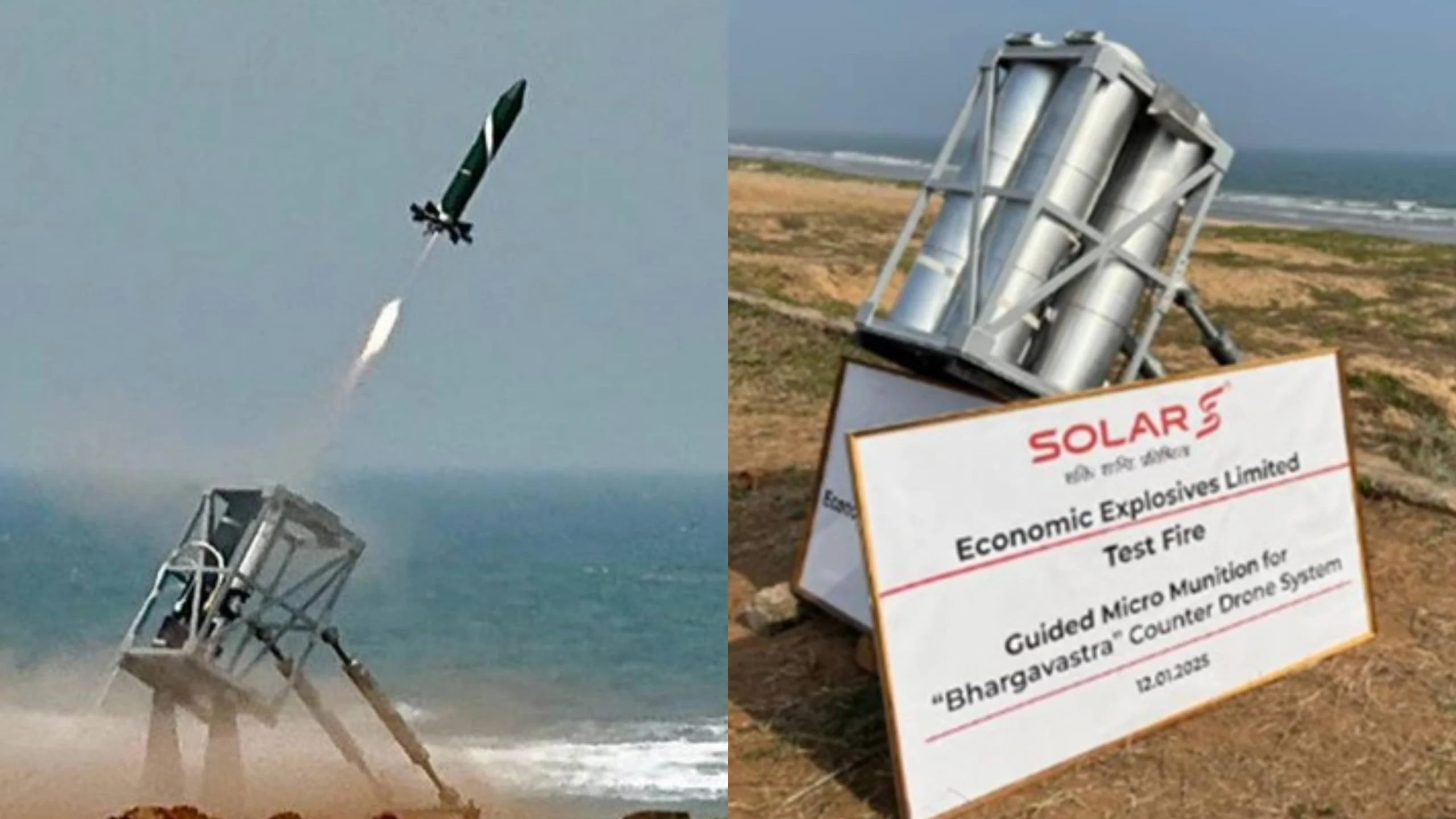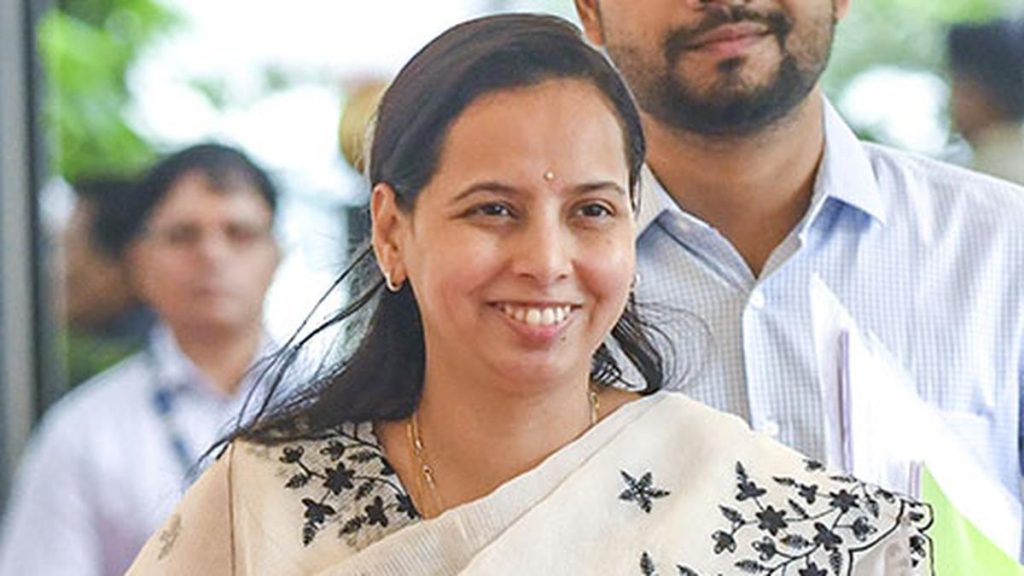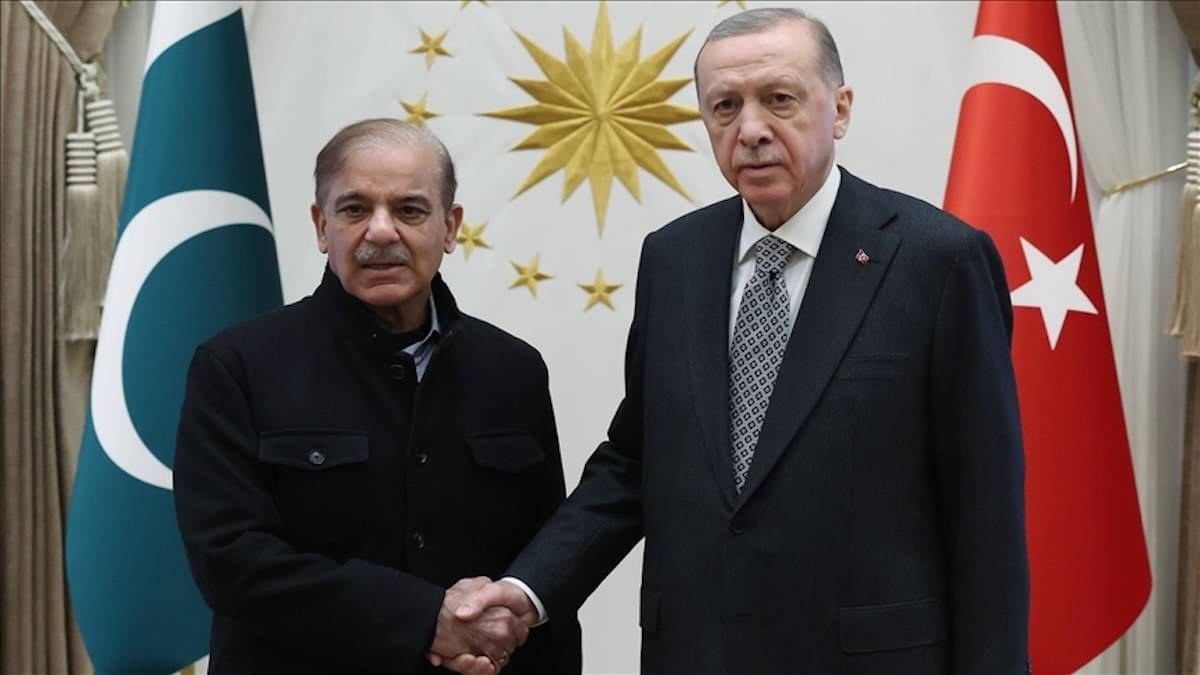Now Reading: India Successfully Tests Indigenous ‘Bhargavastra’ Counter-Drone System
-
01
India Successfully Tests Indigenous ‘Bhargavastra’ Counter-Drone System
India Successfully Tests Indigenous ‘Bhargavastra’ Counter-Drone System

Speedy Summary
- Event: IndiaS Solar Defence and Aerospace Limited (SDAL) successfully tested ‘Bhargavastra,’ a low-cost hard-kill counter-drone system.
- Testing Location: Trials conducted at Seaward Firing Range, Gopalpur in the presence of Army Air Defence officials.
- Performance: Bhargavastra’s micro rockets successfully met operational objectives during tests,including single launches and salvo modes. All rockets performed flawlessly.
- features:
– Two-tiered approach with unguided micro rockets (range up to 2.5 km) and guided micro-missiles for precision targeting.
– Modular architecture allows integration of radars, EO/RF sensors, jamming systems, etc., tailored to mission needs across terrains like high-altitude regions (>5,000m).
– Command-and-Control Center using C4I technology for real-time threat detection and coordination between units. Detection ranges extend up to 10 km with radar systems and LRCS target identification through EO/IR sensors.
- Significance: Indigenous design bolsters India’s air defence against drone swarms; noted as a globally unique solution offering cost-effective multi-layered protection.
Indian Opinion Analysis
The prosperous testing of Bhargavastra marks an important milestone in India’s pursuit of advanced counter-drone capabilities-a necessity given the increased security challenges posed by UAVs globally. With its indigenous growth emphasizing cost-effectiveness and operational versatility across varied terrains such as high-altitude zones, this system demonstrates alignment with India’s strategic imperatives for self-reliance under initiatives like Atmanirbhar bharat.
From a defense perspective, the layered approach utilizing both unguided rockets and precision-guided missiles ensures adaptability against diverse threats such as drone swarms or targeted strikes in sensitive areas along borders or vital infrastructures within urban centers. The incorporation of advanced C4I technology further ensures seamless threat detection and operational coordination-critical components in modern warfare scenarios requiring rapid response systems.
As global dependence on drones continues growing-ranging from reconnaissance missions to direct attacks-the availability of indigenous multi-functional systems places India on strong footing within international defense innovation discourse while safeguarding its national interests effectively without reliance on foreign technologies or solutions.
























